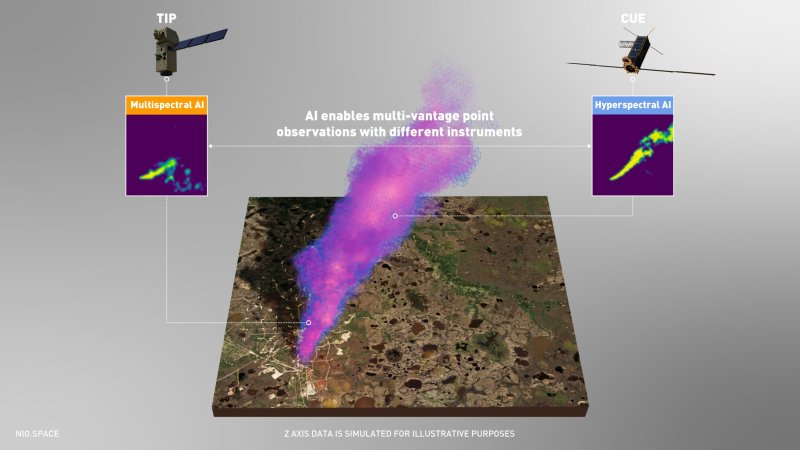Global Warming
The planet is heating up. Here's what that means for life on Earth—now and in the future—and what we can do to reverse the trend.
Latest in Global Warming
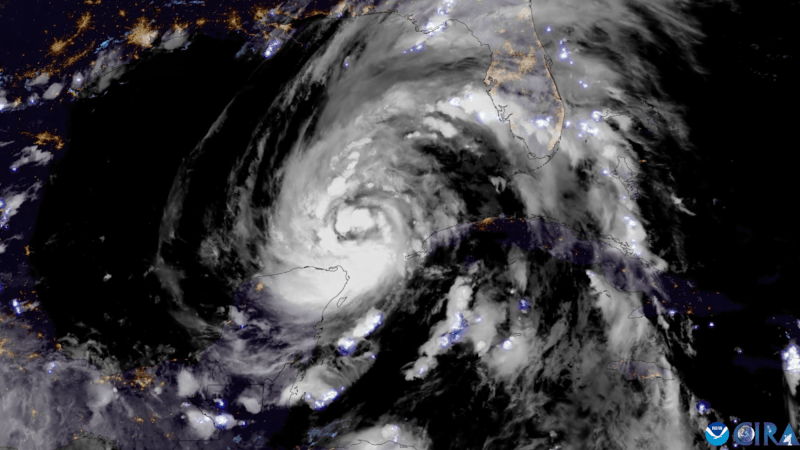
Environment
What Hurricane Helene looks like from space
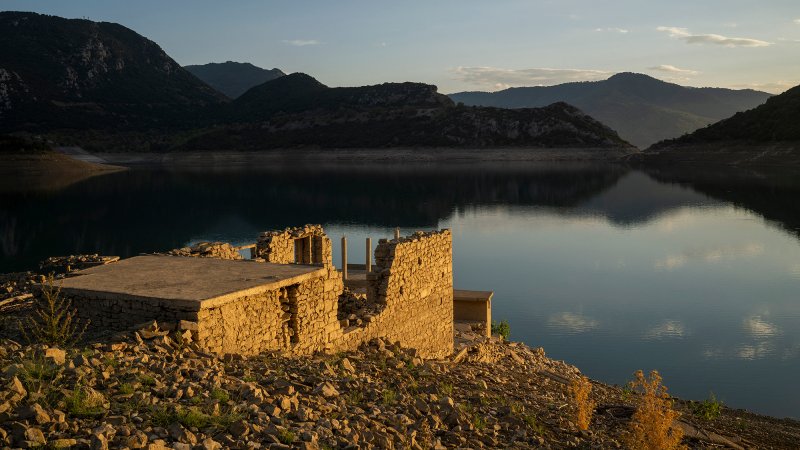
Environment
Drought reveals a sunken village in Greece
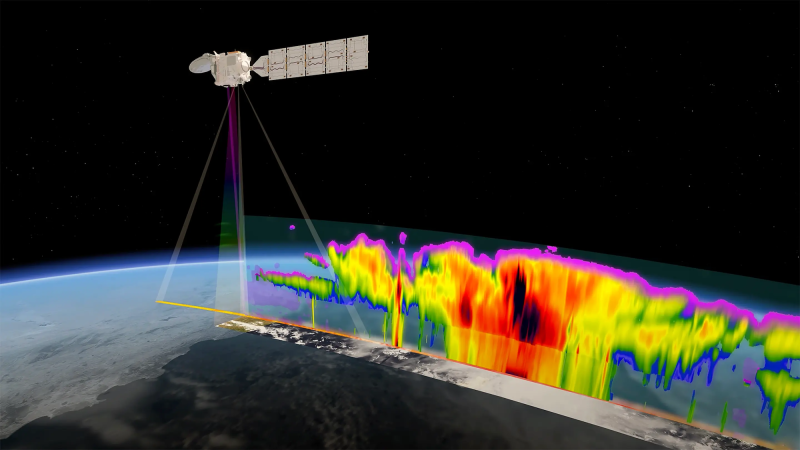
Climate Change
The ‘White Dragon’ satellite will keep watch over our clouds
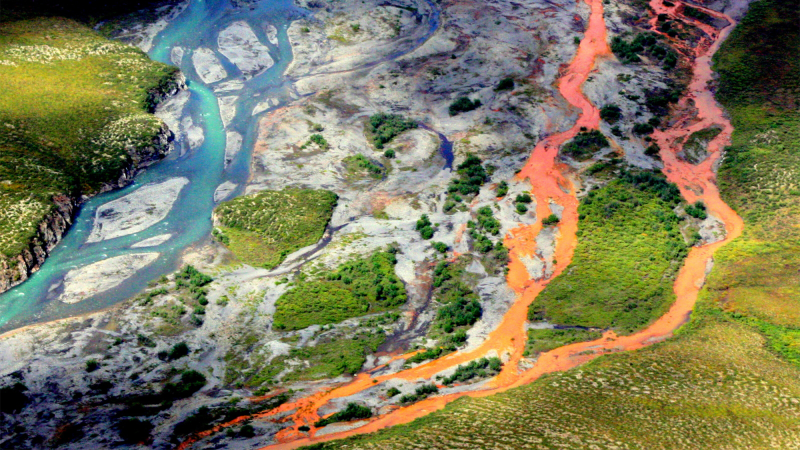
Environment
Why are Alaska’s rivers turning orange?

Environment
Stronger hurricanes may call for a ‘Category 6’

Environment
Why scientists are studying aardvarks’ poop

Environment












